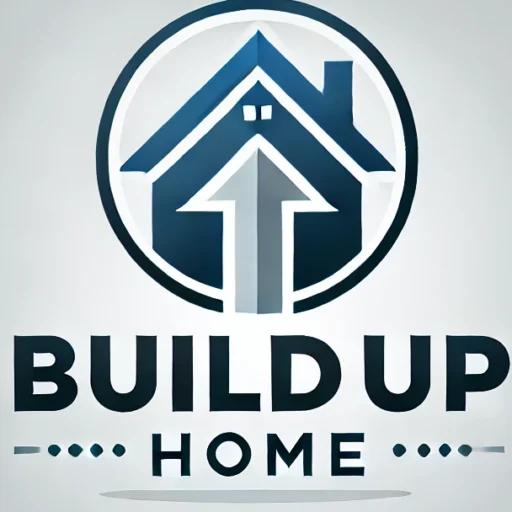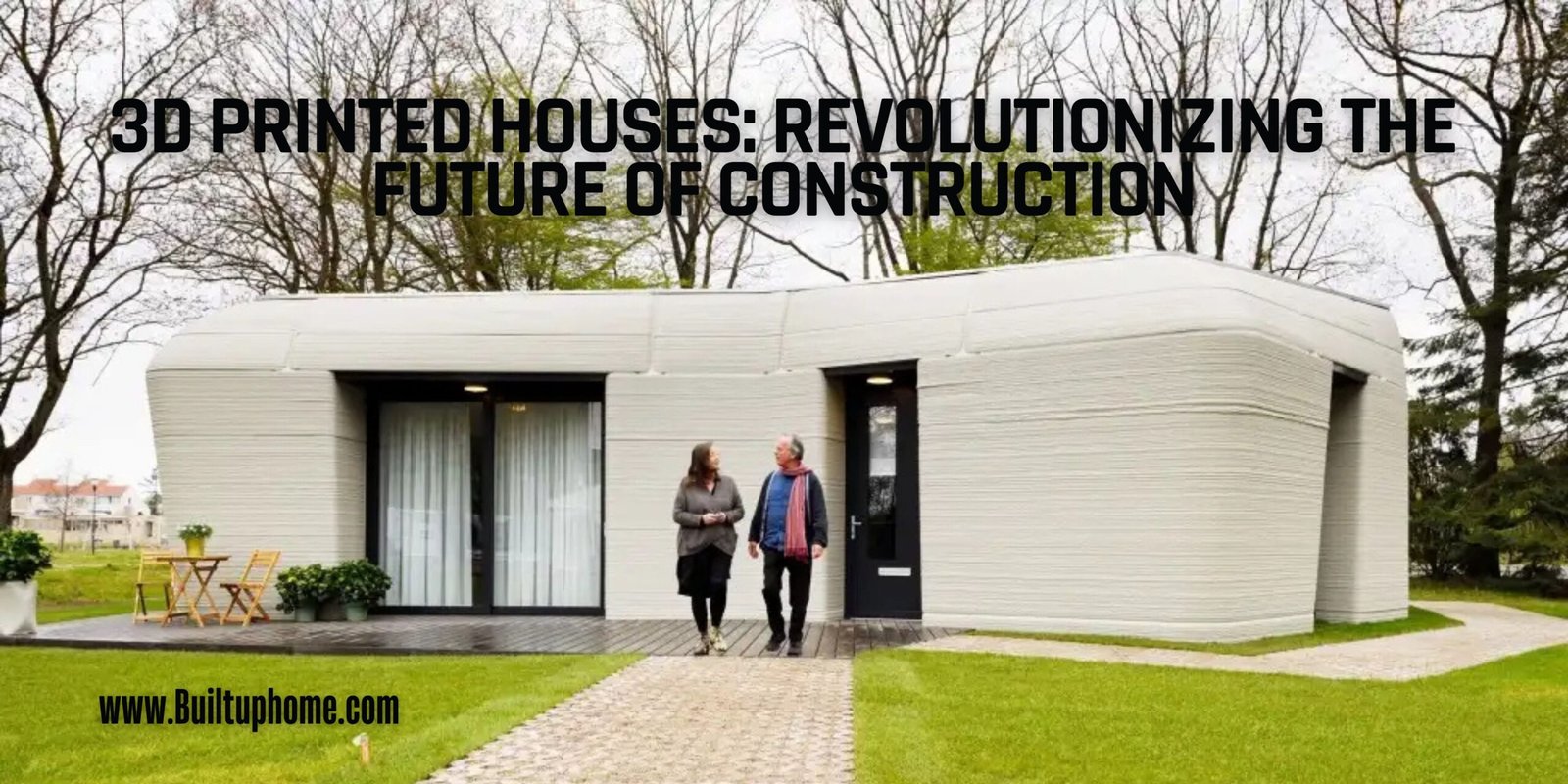The construction industry is undergoing a technological revolution, and one of the most exciting developments is the rise of 3D printed houses. Once seen as a futuristic concept, 3D printing in construction has now become a practical, cost-effective, and sustainable solution for housing around the globe. From tackling housing shortages to reducing environmental impact, 3D printed homes offer a glimpse into the future of how we live.
What Are 3D Printed Houses?
A 3D printed house is a structure created using large-scale 3D printers that extrude concrete or other construction materials layer by layer. These printers follow a digital blueprint to construct walls and foundational elements directly on-site or in modular pieces off-site. The process eliminates many traditional construction steps, reducing the need for manual labor, heavy machinery, and long construction timelines.
How Do 3D Printed Houses Work?
The process begins with architectural designs being converted into a digital file. This file is then fed into the 3D printer, which follows the design precisely. The printer uses a specialized material—often a mix of cement, sand, and additives—to build the structure from the ground up. Depending on the design and technology used, a basic house shell can be completed in as little as 24 hours.
Unlike traditional methods, 3D printing allows for highly customized designs, even incorporating curves and unique shapes that would be difficult or expensive to achieve with conventional materials.
Benefits of 3D Printed Houses
1. Speed:
Traditional construction can take weeks or months. With 3D printing, walls and foundational structures can be printed in a matter of days, significantly reducing overall project timelines.
2. Cost-Effective:
Fewer labor hours, less material waste, and more efficient processes mean reduced costs. 3D printed homes can be built for a fraction of the cost of traditional houses, making them ideal for affordable housing initiatives.
3. Sustainability:
3D printing minimizes construction waste since materials are only used where needed. Some printers also use recycled materials or eco-friendly mixes, helping to reduce the carbon footprint of building homes.
4. Design Flexibility:
Curved walls, unique architectural features, and complex designs can be implemented with ease. Digital models can be tweaked quickly, offering high levels of customization.
5. Reduced Labor Requirements:
With the printer doing most of the work, the need for a large workforce is diminished. This is particularly helpful in areas with labor shortages or high construction costs.
Challenges and Limitations
Despite the advantages, 3D printed housing is not without its hurdles:
- Building Codes and Regulations: Many regions lack clear regulations for 3D printed structures, making it difficult to gain approval for construction.
- Material Limitations: Most 3D printers currently work with concrete or similar materials, which may not be suitable for all climates or designs.
- Integration with Utilities: Incorporating plumbing, electrical systems, and insulation still requires traditional labor, which can complicate timelines and costs.
- Upfront Costs of Technology: While printing homes saves money long-term, the initial investment in 3D printing equipment is significant.
Notable Projects Around the World
1. ICON and New Story (USA & Mexico):
In partnership with non-profit New Story, ICON has built 3D printed homes for low-income families in Mexico and the U.S. These homes can be built in under 24 hours and cost around $10,000 each.
2. Haus.me (USA):
Haus.me creates fully automated, off-grid, and mobile 3D printed homes. These smart homes are designed to be sustainable, energy-efficient, and moveable.
3. Apis Cor (Russia & UAE):
Apis Cor made headlines by printing an entire house in Russia in just 24 hours. They are also working on larger-scale housing projects in the UAE using their innovative mobile printing technology.
4. COBOD (Europe):
Based in Denmark, COBOD is a leader in construction 3D printing and has partnered with companies across Europe to build residential and commercial buildings using their BOD2 printer.
Future Potential of 3D Printed Houses
The future of 3D printed houses looks incredibly promising. As technology improves, we can expect:
- Greater adoption in disaster relief and emergency housing: Quick, affordable shelters can be rapidly deployed after natural disasters.
- Urban development: 3D printing can play a role in addressing urban housing shortages by speeding up affordable housing construction.
- Sustainable cities: Eco-friendly, 3D printed homes can support climate goals and lower emissions.
- Personalized homes on demand: Homeowners could one day design and print homes based on their exact specifications.
Furthermore, advancements in multi-material printing may allow for homes that include embedded insulation, plumbing channels, and even interior design features.
Is 3D Printing the Future of Housing?
While 3D printing may not yet replace traditional construction entirely, it’s poised to become a major player in the housing market. Governments, NGOs, and private developers are beginning to recognize the benefits and are investing in the technology.
Its role in addressing global housing shortages, particularly in underserved or disaster-prone areas, cannot be overstated. With ongoing innovation, 3D printed homes could offer a viable solution to create safer, faster, and more sustainable housing for the world.
Final Thoughts
3D printed houses are more than just a technological curiosity—they represent a transformative shift in how we think about building homes. With the ability to build faster, cheaper, and more sustainably, this innovative approach could redefine construction in the 21st century. As challenges are overcome and technology matures, 3D printed housing may soon become a common sight in neighborhoods around the globe.
Read More About: Luxury Custom Home Builders

